Affiliate links on Android Authority may earn us a commission. Learn more.
All the Google Pixel 3 features coming to the Pixel 2
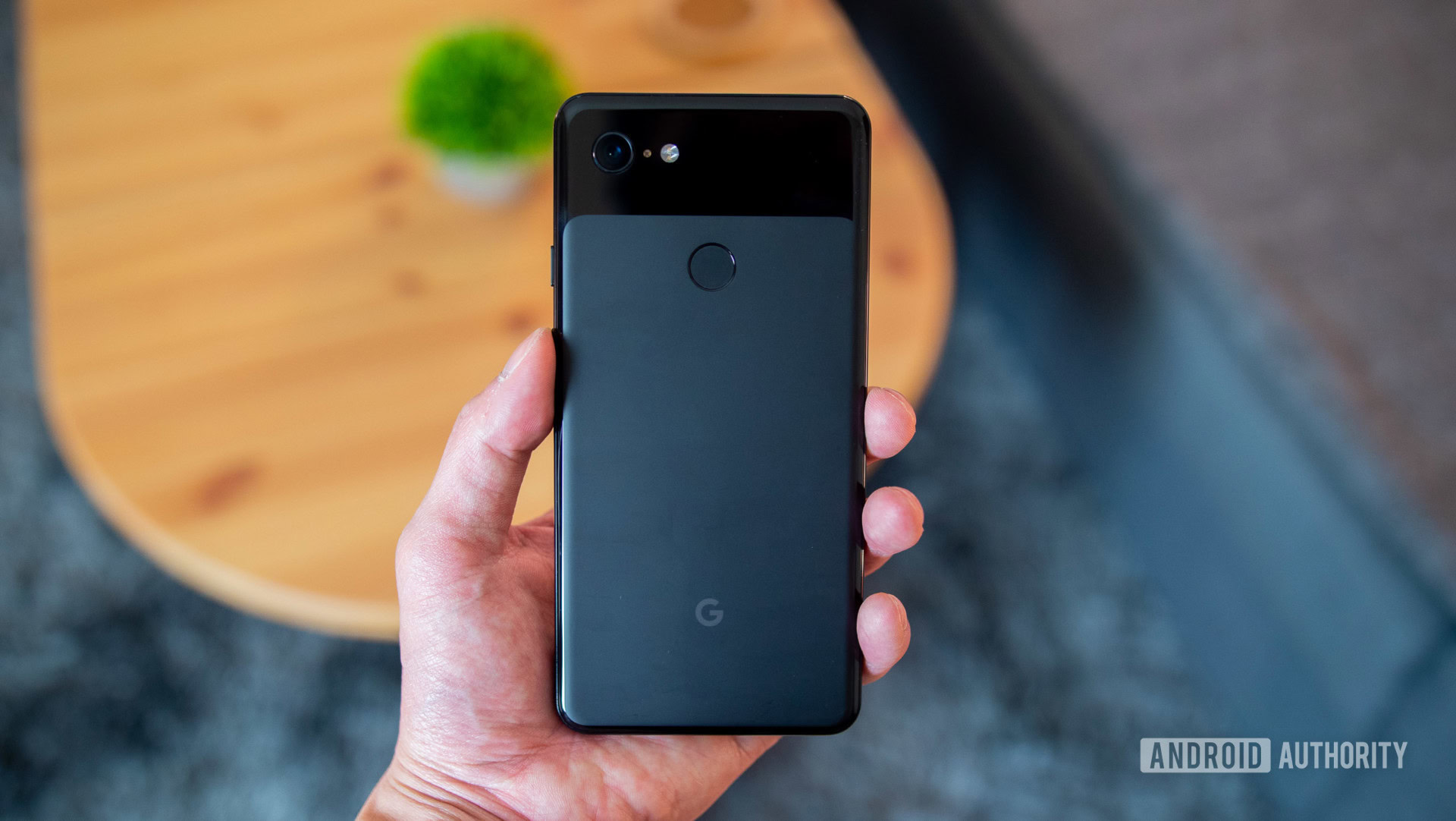
When Google releases new smartphones, it also introduces new features. Unfortunately, for those who purchased the previous generation hardware, a lot of those new features will likely never make it to their devices.
But that’s not the case for every new feature. As we will detail below, a lot of the Google Pixel 3’s unique software tricks will eventually make it to last year’s Pixel 2.
Call screening
Do you ever get tired answering unknown phone numbers just to have a telemarketer or robocall start rambling off about something you don’t care about? Google’s new Call Screening feature is probably one of the best solutions out there to help you avoid these spam calls.
The way Call Screening works is pretty simple. Currently available on the Pixel 3, whenever someone rings your phone, there is a new option in addition to just answering or rejecting a call. When Call Screening is selected, an automated assistant will ask the person on the other end what they’re calling about and will transcribe the call for you all in real time. You can then choose to pick up the line, ask for more information, request that they not call back, or just hang up and report the number as spam.
Call Screening should be making its way to other Pixel handsets sometime this month.
Night Sight
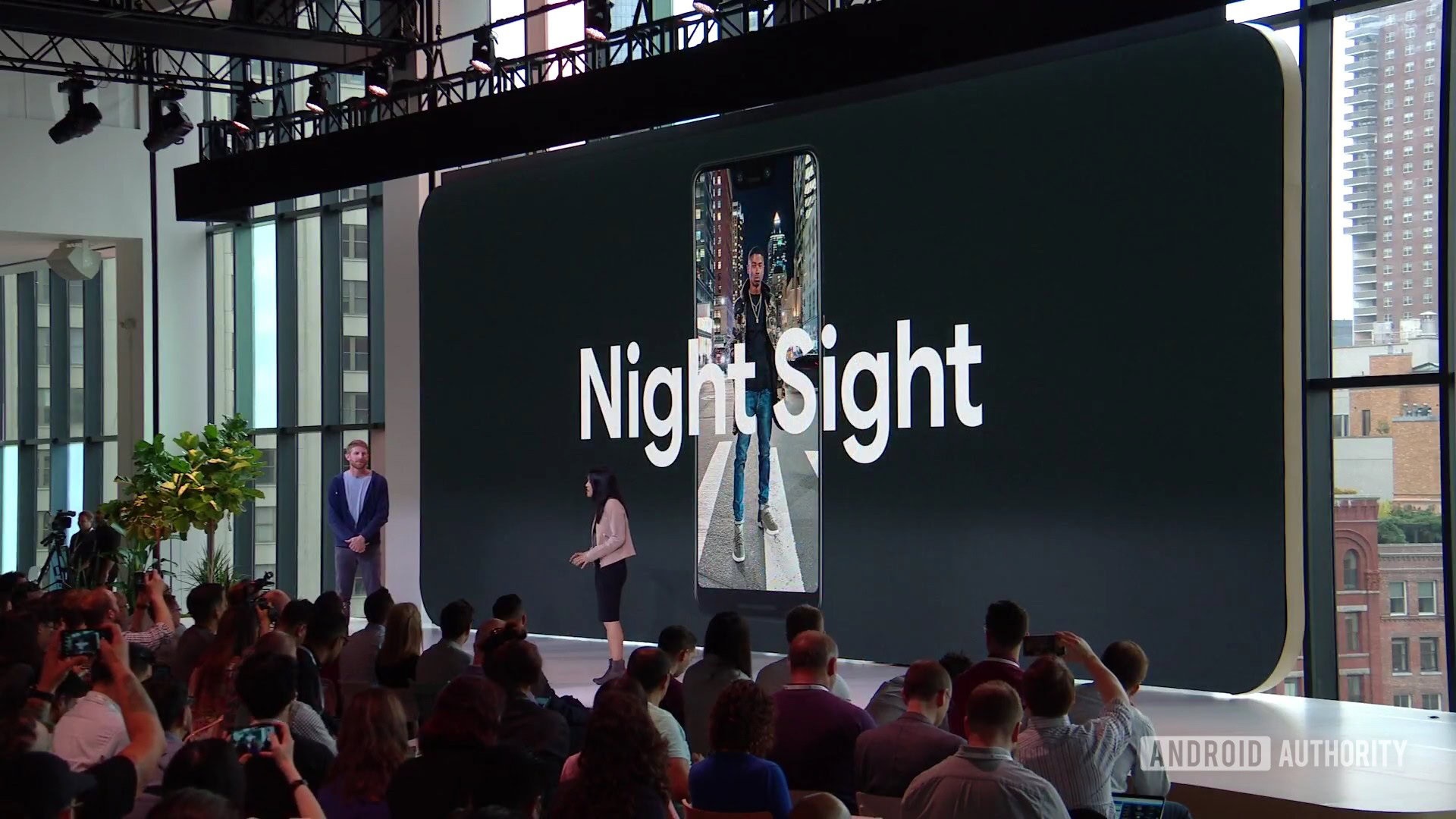
Pixel smartphones have always taken fairly decent night time photos, but if there wasn’t enough light, images would never turn out.
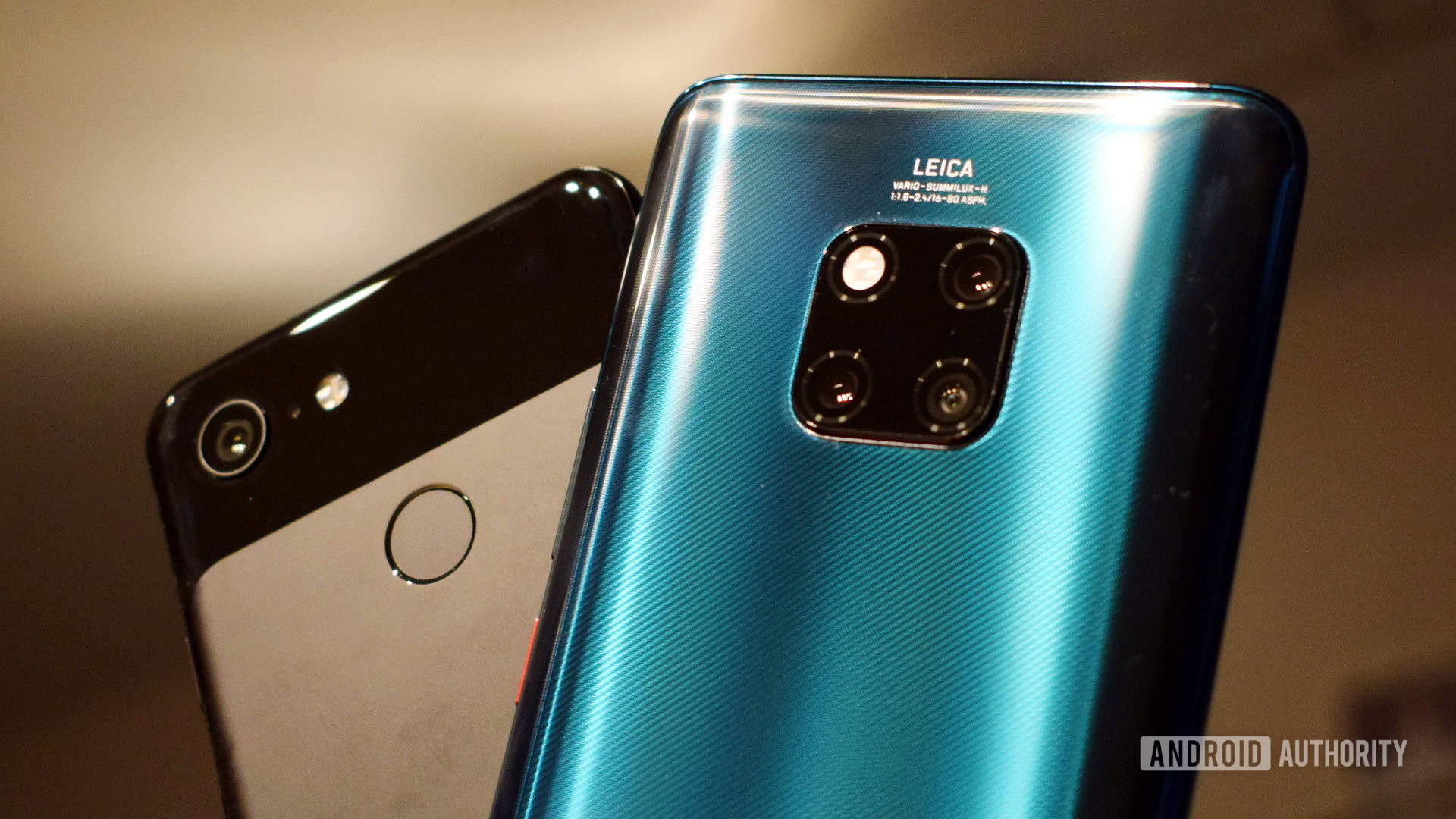
But with the Pixel 3, Google is introducing a new Night Sight feature. The phone’s post-processing power is able to crank up the exposure, making an almost unusable photo extremely visible. Of course, this process does add a bit of grain, but it’s expected in this type of situation.
The feature is officially supposed to roll out this month to Pixel 3 devices with it becoming available to the Pixel 2 sometime later. But if you don’t want to wait, an unofficial port of the Google Camera app can be installed so that you can try the feature out right now.
Portrait mode focus adjustments
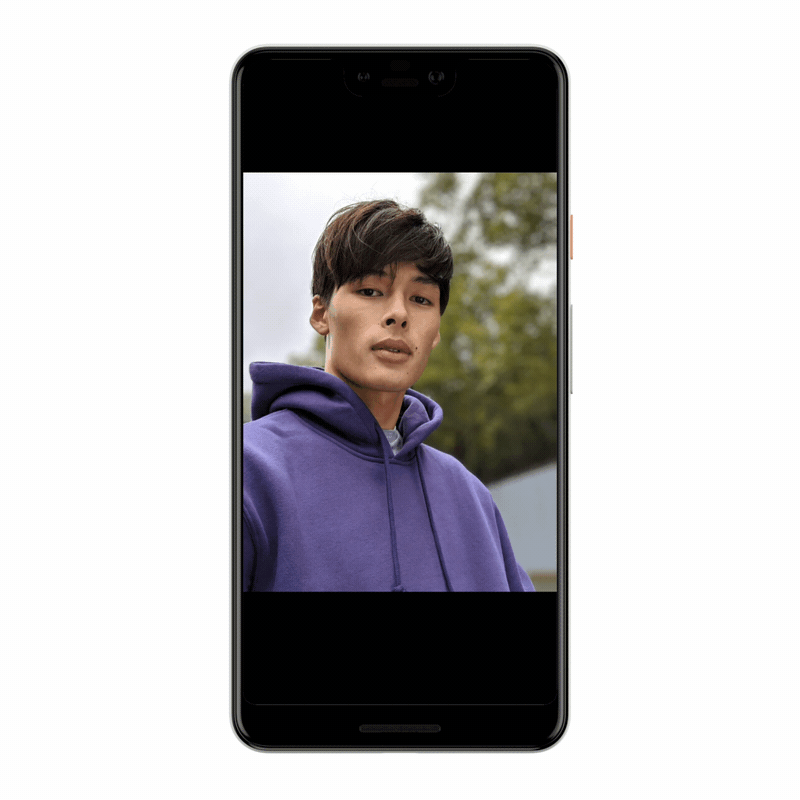
As the Pixel 3 and Pixel 2 create portrait mode photos using a singular camera, there’s no reason why the amount of background blur shouldn’t be able to adjust after the fact. Google heard this request and made it a feature.
As you can see from the GIF, after a portrait mode image is captured, users can jump into the edit menu and adjust the depth effect. While this feature is currently limited to the Pixel 3, it should be rolling out to Pixel 2 owners soon enough.
Google Duplex reservation calling
Remember when Google demoed Duplex at I/O 2018 and showed off how the Google Assistant could make a reservation by communicating with real people? That feature is just about ready for the primetime, and it’ll be available on Pixel hardware first.
The Duplex reservation calling will initially only be available for those in Atlanta, New York City, Phoenix, and the San Francisco Bay Area.
Live Albums by Google Photos
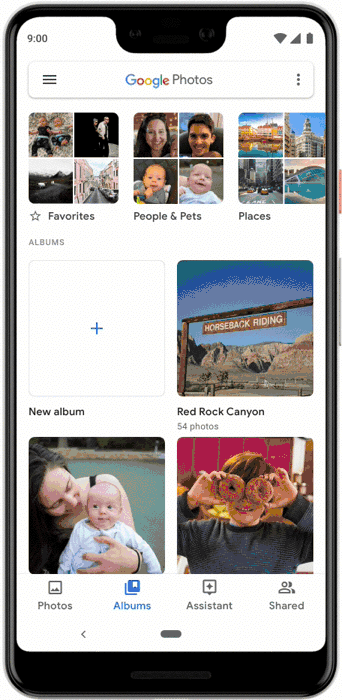
Google Photos is one of the smartest backup solutions out there for helping you organize all of your memories. Introduced alongside the Pixel 3, Live Albums is a new way to create ever-expanding photo albums.
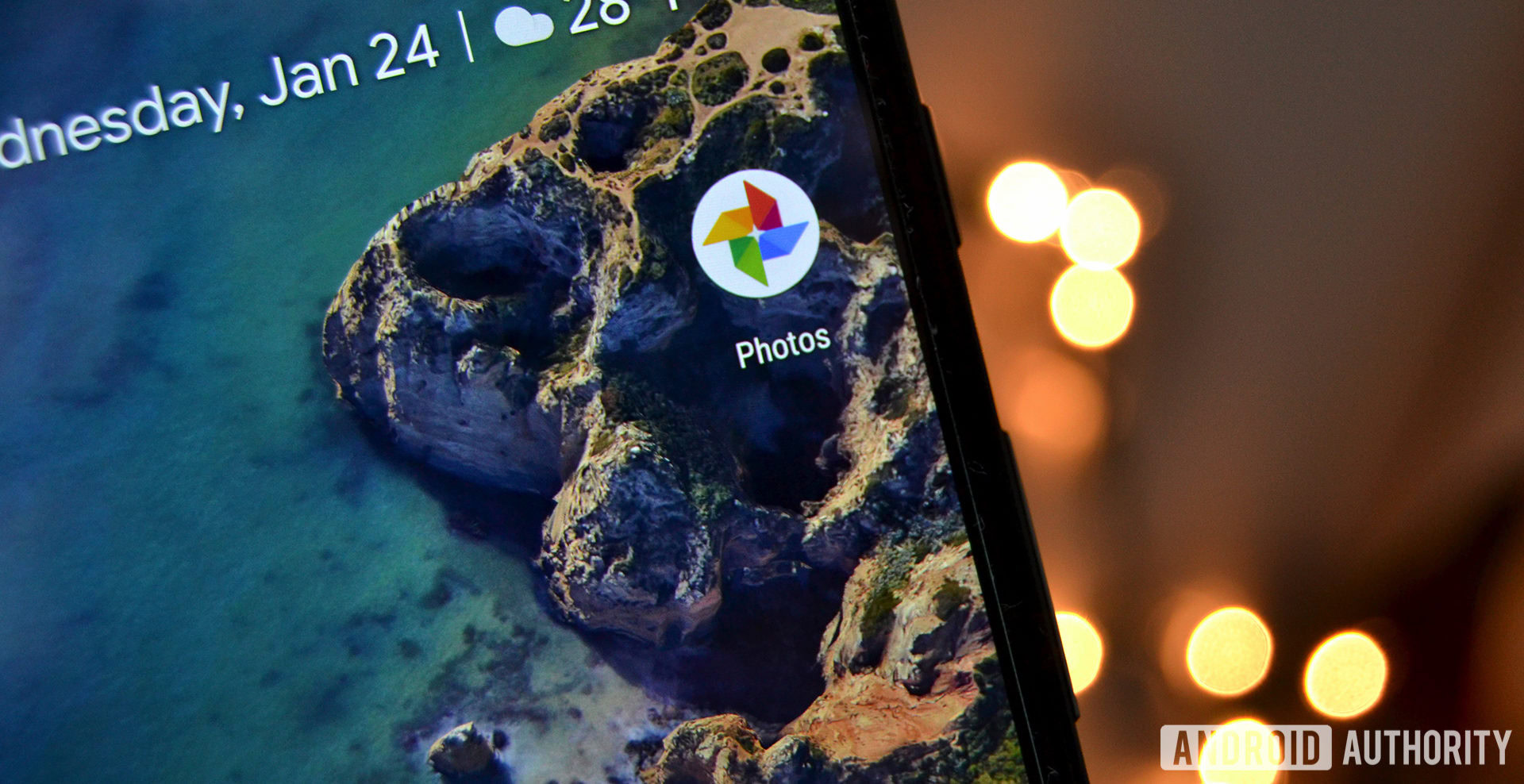
Instead of going back through your history of photos and manually adding each one to an album, you can now create a new Live Album. By simply select which people or animals you want in it, and Google Photos will automatically add new images to the folder as well as a backlog of previous photos of those that you selected.
Want to give this a try? There’s no reason to wait. This feature should already be live for you on other mobile devices and on the web.
Playground
Playground is the rebranding of Google’s AR Stickers app. But in addition to the new name, the search giant also added additional functionality and interactive elements to the various AR elements.
This updated app first launched with the Pixel 3 but should be making its way to the Pixel 2 and original Pixel handsets soon.
Gmail Smart Compose
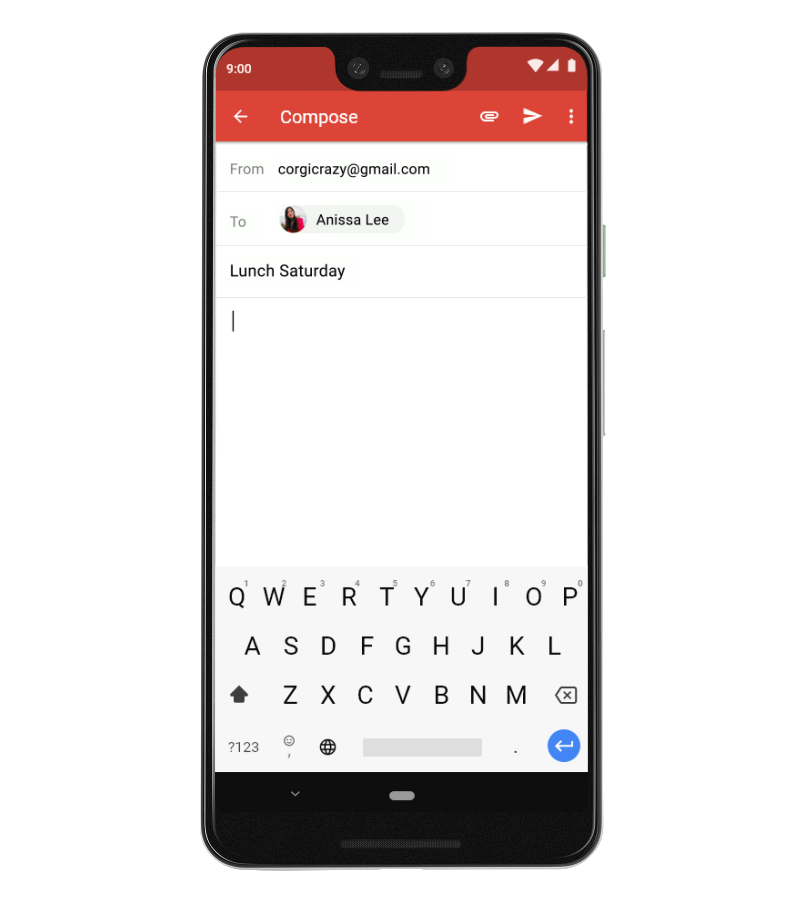
Google first showed off Gmail Smart Compose back at its I/O developer conference. Using AI and machine learning, the app itself would attempt to make suggestions for you. This isn’t just Gboard offering you the next work that might work in a sentence.
Additional reading: Gmail’s new Smart Compose is easy to use: Here’s how to do it
As you can see from the GIF above, while writing out various pieces of information, Gmail will suggest addresses and more based off of context clues.
This feature is already available online as an experiment but it will be making its way to mobile soon with Gmail Smart Compose coming to Pixels first.
Now Playing History
Last but not least, Now Playing History. When Google introduced Now Playing with the Pixel 2, a number of third-party developers created apps that would keep track of every song identified by the phone and recorded other pieces of information like where the user was when the song was played.
But with the release of the Pixel 3, Google introduced a built-in option to keep track of identified songs. While it remembers the time of day that the music was played, that’s it. But for Pixel 2 owners, the good news is that the search giant has already brought this feature to the older handsets.
So if you’re interested in trying it out first make sure Now Playing is enabled and then you should be able to access Now Playing History by going to Settings > Sound > Now Playing > Now Playing History.
Additionally, you should find an option to add a shortcut to this settings menu so that you don’t have to dig into your phone every time you want to remember the name of a song that played earlier.
Features not coming to older Pixel devices
Unfortunately, not all of the features launched with the Pixel 3 will make its way to Google’s older Pixel smartphones.
But don’t give up hope that you won’t be able to use any of the following on your Pixel 2. While some of the missing functionality won’t be supported by Google, there are third-party developers working hard to create their own versions of everything so that you can run similar features on all of your handsets.
Pixel Stand / wireless charging
With the Pixel 3, Google replaced the metal rear casing on its smartphones and replaced it with glass. In addition to better radio reception, this allowed the company to add wireless charging.
With this new functionality, Google also introduced its own wireless charger called the Pixel Stand. While we could go through the complexities of the search giant only allowing the Pixel 3 to fast wireless charge with this accessory, it’s pretty clear that the Pixel Stand won’t work with previous Pixel devices that lack the ability to work wirelessly charge.
Top Shot
Just like with last year’s smartphone, Google focused heavily on improving the Pixel 3’s camera while also bringing new features to the camera app. One of these new features is called Top Shot.
With it, the Pixel 3 starts capturing frames before the actual shutter button is pressed. This way, if someone blinks or something messes up the photo, you can go in and select the most ideal frame. Of course the further back you go the lower the image resolution is.
Unfortunately, despite having a Pixel Visual Core built-in, Google won’t bring Top Shot to the Pixel 2.
Super res zoom
Unlike a number of other flagships on the market, the Pixel 3 doesn’t include a secondary rear camera. This means that there’s no telephoto lens which would allow the phone to zoom in without doing so optically.
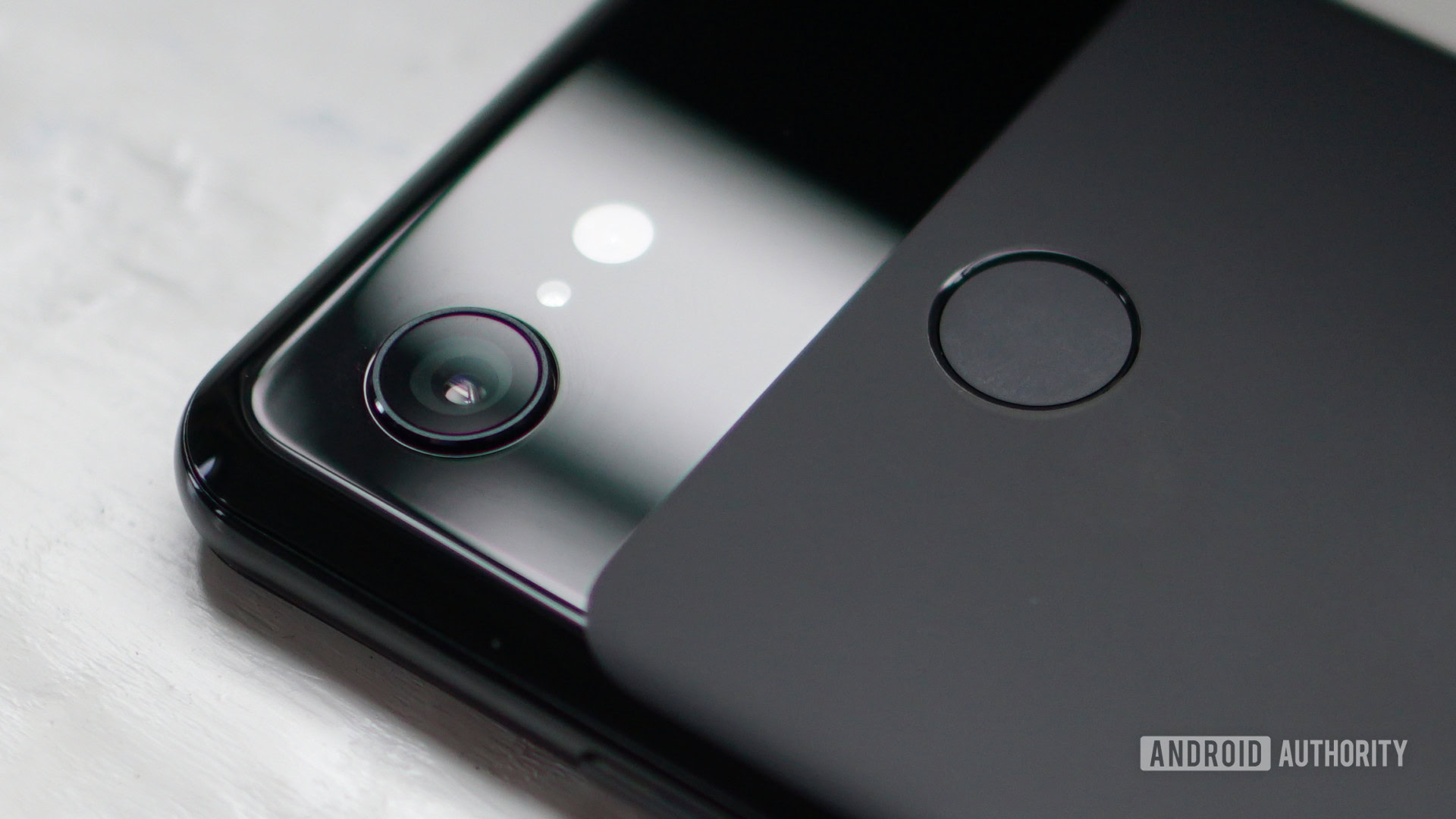
But by using a technique used in astrophotography, Google created Super res zoom. Basically, while zoomed in, the phone captures various images using the shake in your hands and then uses an algorithm to make a higher-quality image.
Due to the amount of work that goes into taking these types of photos, Google won’t be porting this feature to previous Pixel smartphones.
Photobooth Mode
One of Google’s more gimmicky camera features is called Photobooth mode and comes straight from Google Clips. Basically, instead of having to use the shutter button, the Pixel 3 looks for people smiling and making weird faces and automatically snaps a photo.
Again, whatever reason, this seems like a feature that could be added to older hardware, but Google is making it a Pixel 3 exclusive.
Motion Auto Focus
Have you ever been recording video and then have the subject move, making your phone lose focus? With Motion Auto Focus, this should be a thing of the past. Now, after selecting the person or object you would like to track, no matter where the item or thing moves, the Pixel 3 will attempt to keep it in focus the entire time.
Google hasn’t stated why this feature won’t make its way to the Pixel 2, but it’s safe to assume that the company doesn’t believe that the device has the computational power to make it work smoothly.
Flip to Shhh
First shown off at Google I/O 2018, Shush (later renamed to Flip to Shhh) is a part of the company’s Digital Wellbeing project and would place the Pixel 3 into Do Not Disturb mode when flipped screen down. While the feature was initially demonstrated on older devices, this will remain officially a Pixel 3 exclusive.
If you didn’t purchase a Pixel 3, you’re in luck though as the current owner of Tasker was able to replicate this feature and make it work on almost any phone. What’s even better is that after installing Tasker, all you have to do is copy over a receipt and everything should just work.
Google Lens suggestions
Google Lens has always been a really cool idea, but the added steps to get to the feature became a hindrance for most users. With the Pixel 3, Google is baking Lens right into the camera’s viewfinder.
Read next: Google Lens is much easier to use with the Pixel 3
Now, instead of having to launch the Assistant or switch over to the Lens mode, Pixel 3 users can quickly launch the camera and point their phones at whatever they would like to identify.
This seems like a pretty straightforward feature, but it won’t be headed to older hardware at this point.
Which of these missing features do you think should be added to the Pixel 2 or even the original Pixel? Let us know your thoughts in the comment section below.